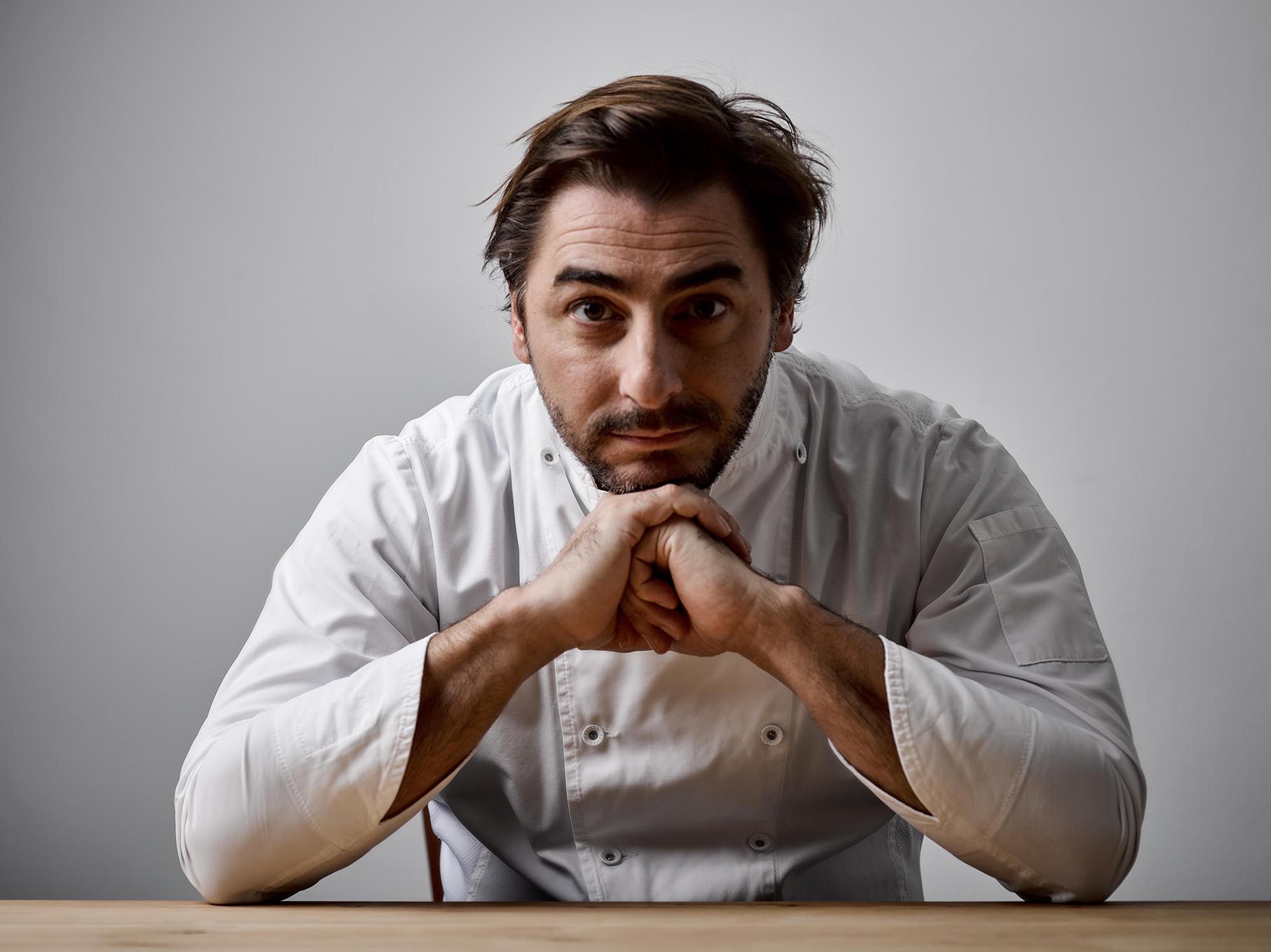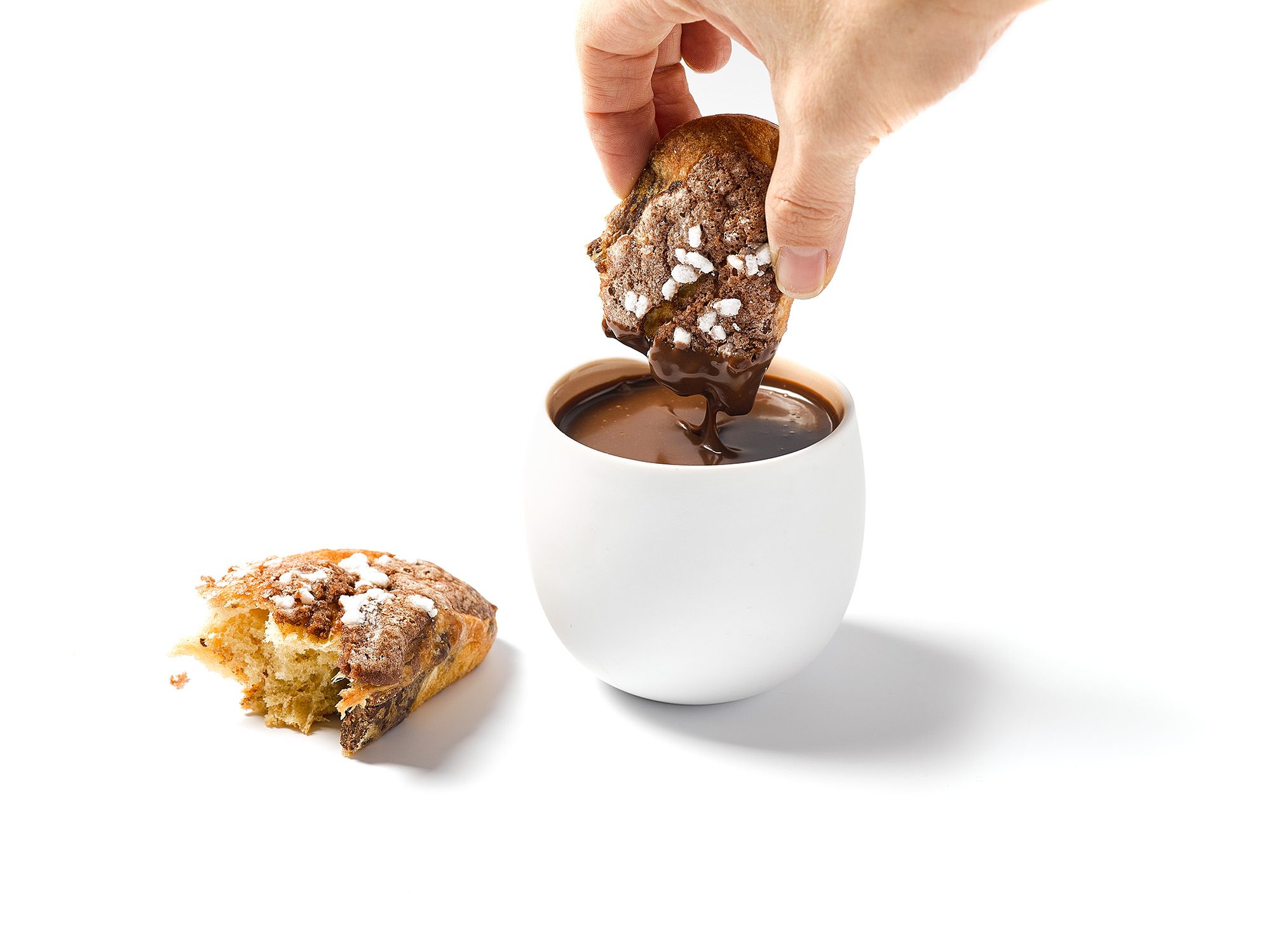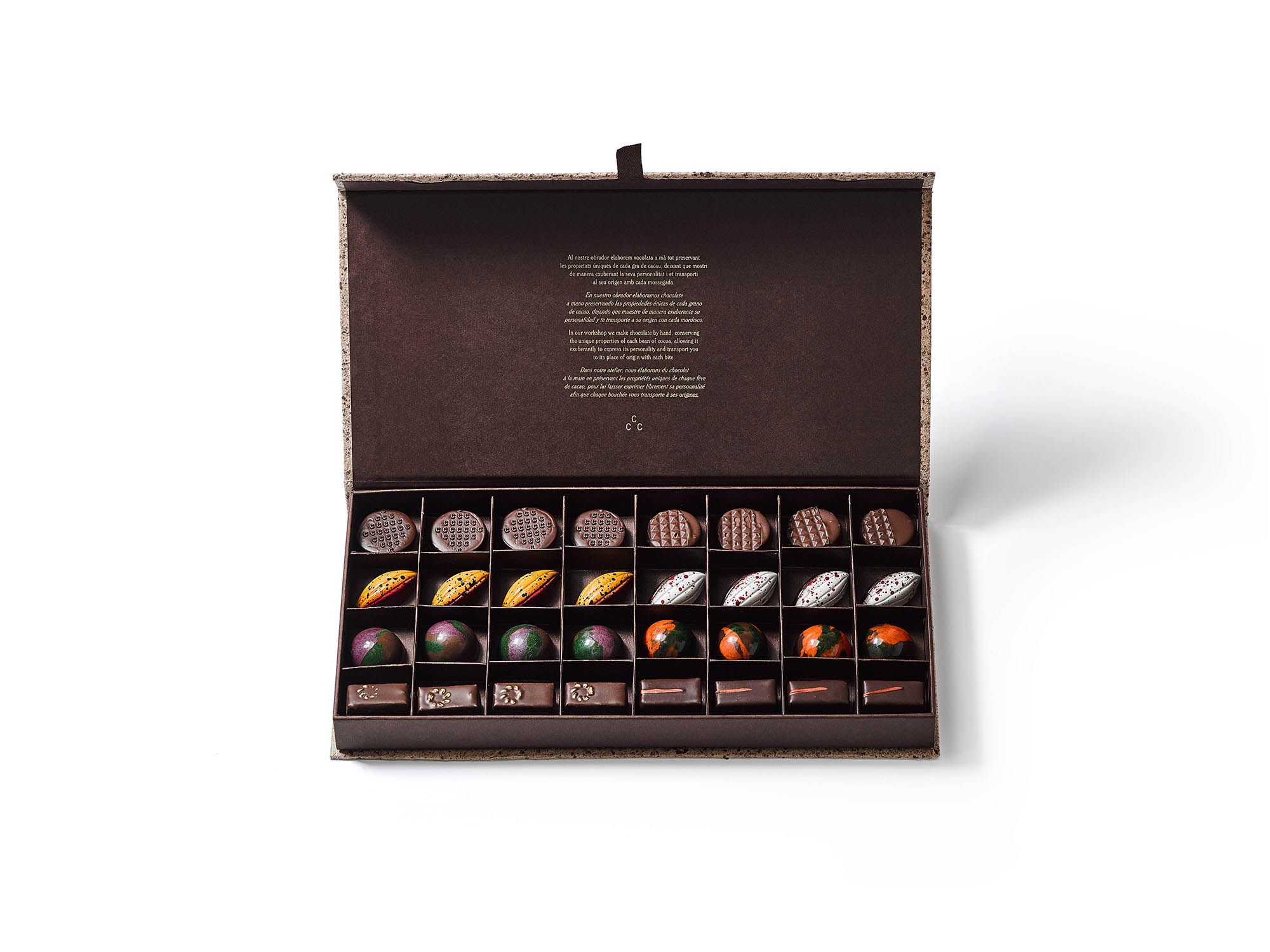Spanish chocolatier Casa Cacao’s first Hong Kong pop-up opens up a whole new world of new cacao flavours
Our enjoyment of chocolate has evolved throughout time. From the rise of Nestle’s milk chocolate in 19th-century England that offered a split-second delight, to bonbons in Parisian boutiques obtaining the fashionable status of luxury, to dark chocolate revived in the last 15 years and vegan bars for lactose-intolerant chocoholics, chocolate has come a long way from its first cultivation in Mesoamerica 3,000 years ago. Now Casa Cacao, a luxury Spanish chocolatier owned by pastry chef Jordi Roca of three-Michelin-star restaurant El Celler de Can Roca, attempts to take chocolate appreciation even further at its new Hong Kong pop-up—and I’m here to experience it first hand.
Here at Harbour City’s Cupping Room, seated next to the wooden framed, floor-to-ceiling window that recently fills IG feeds, I am given a small plate of two fermented, dried and unroasted cacao beans, a pinch of roasted cacao nibs, and four tiny blocks of dark chocolate.
See also: Casa Cacao Is A Bean-To-Bar Chocolate Pop-Up By Jordi Roca Of El Celler De Can Roca

The cacao beans are sourced all the way from the jungle and villages of Peru by Roca—once crowned The World’s Best Pastry Chef in 2014— and his chocolatier mentor Damian Allsop, the first pastry chef to work at the historic El Celler de Can Roca. Casa Cacao opened its doors last year in Girona with a chocolate factory, shop and café with the Hotel Casa Cacao on its upper floors. Today, Roca and Allsop are determined that I take a step back, slow down and savour their cacao products. The duo wants their customers to go back to the basics; through their guidance, they seek to demonstrate why chocolate’s own complex flavours should be unleashed and appreciated like wine.
As I break open the unroasted cacao husk, smell and nibble the nut, a fruity, alcoholic taste seeps over my tongue. “I’m not adding the flavour of fruit. I’m opening it up,” Allsop explains. “The fruity flavour comes from the anthocyanin which is in the seed. The acid opens it up so we can start to receive the flavour of black currant and blackberries. As it opens up more, it’s going to give me raspberries, cherries and even strawberries.” He explains that in commercial chocolate, vanilla is often added to keep our palates entertained. Conversely, his version of chocolate—which I sample in the Hong Kong pop-up—contains no vanilla. It’s nothing too sweet or creamy, but dense, rich and dark with a fruity hint to start and a bitter, nutty coffee note to that lingers even five minutes after consumption.



